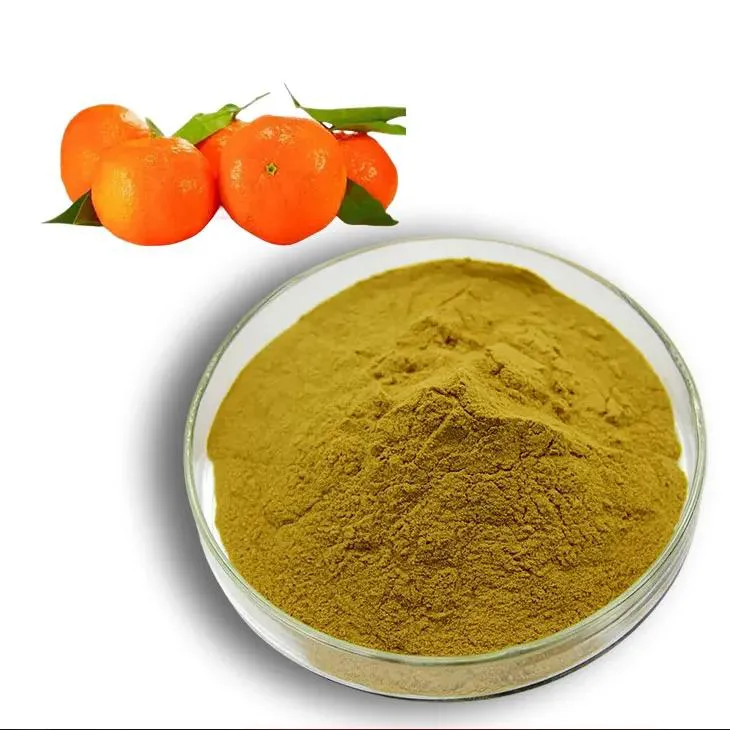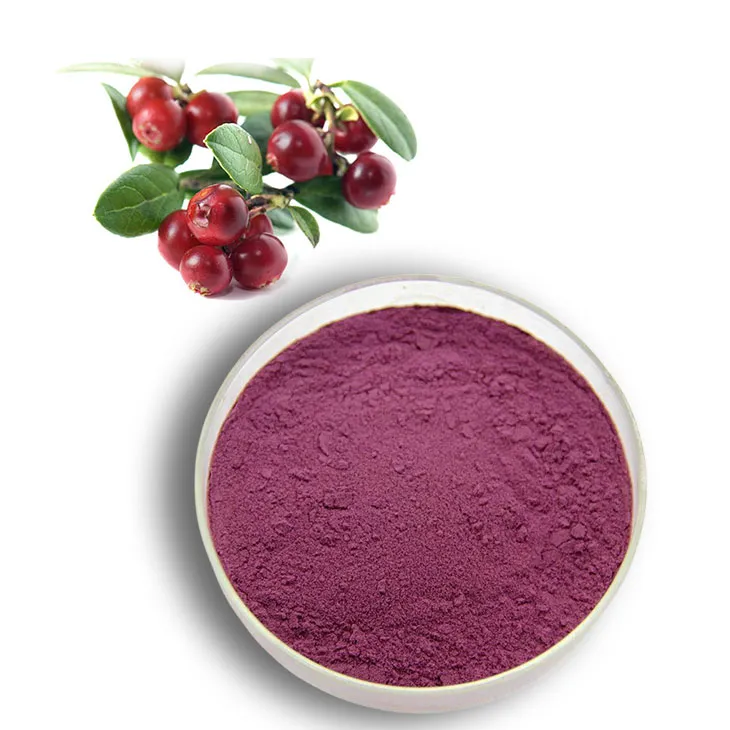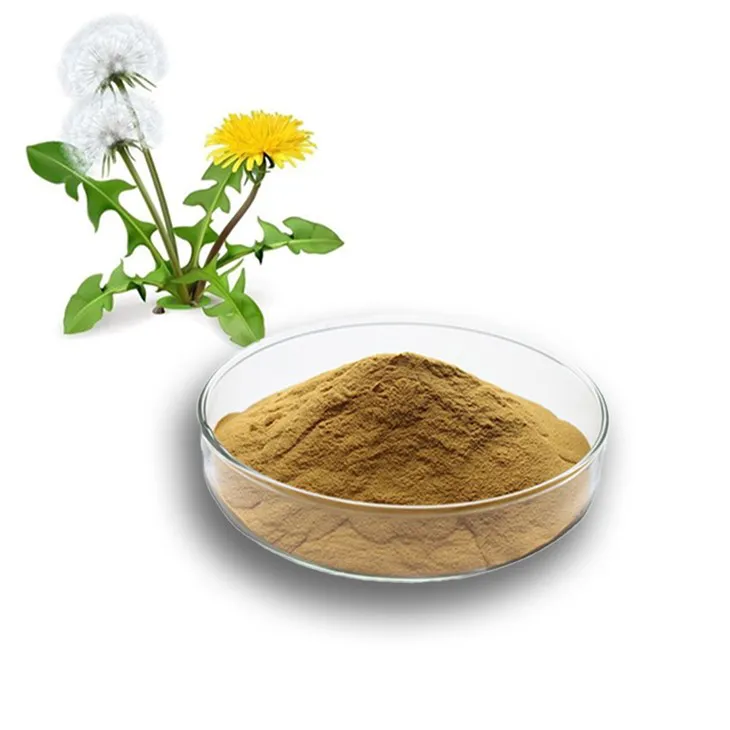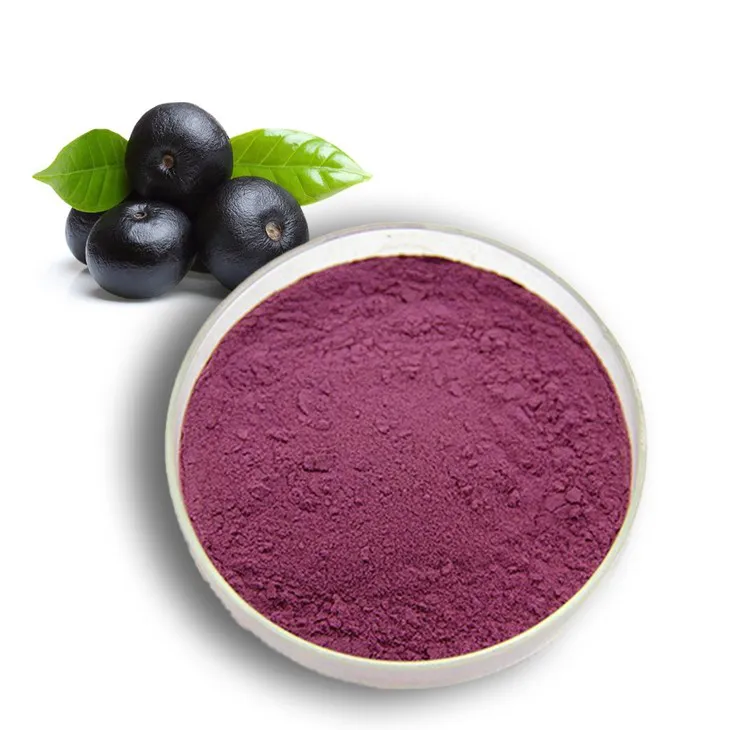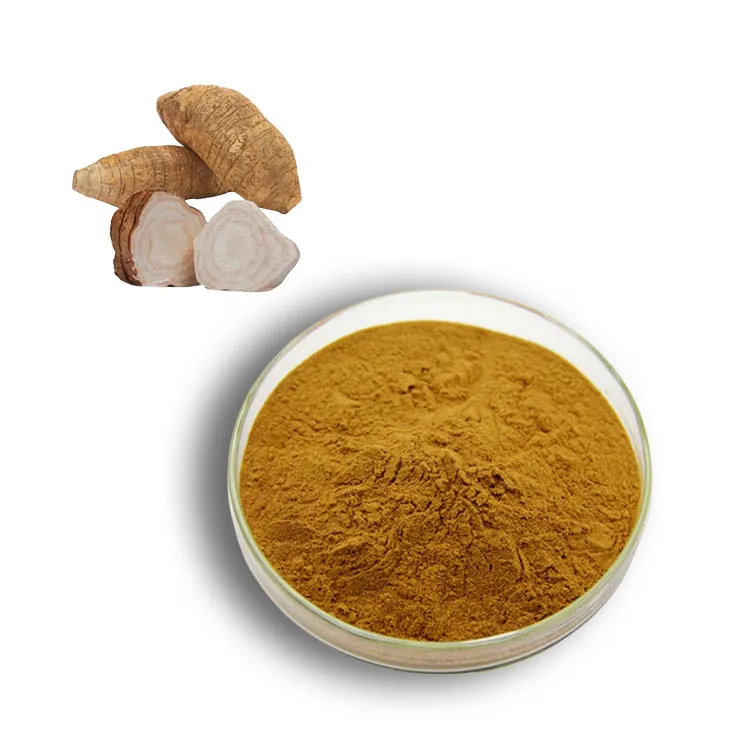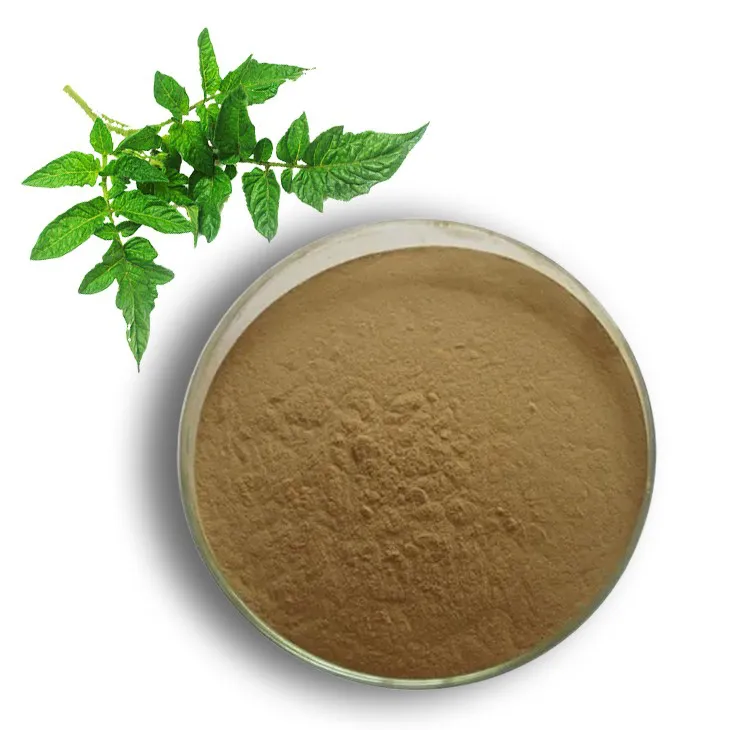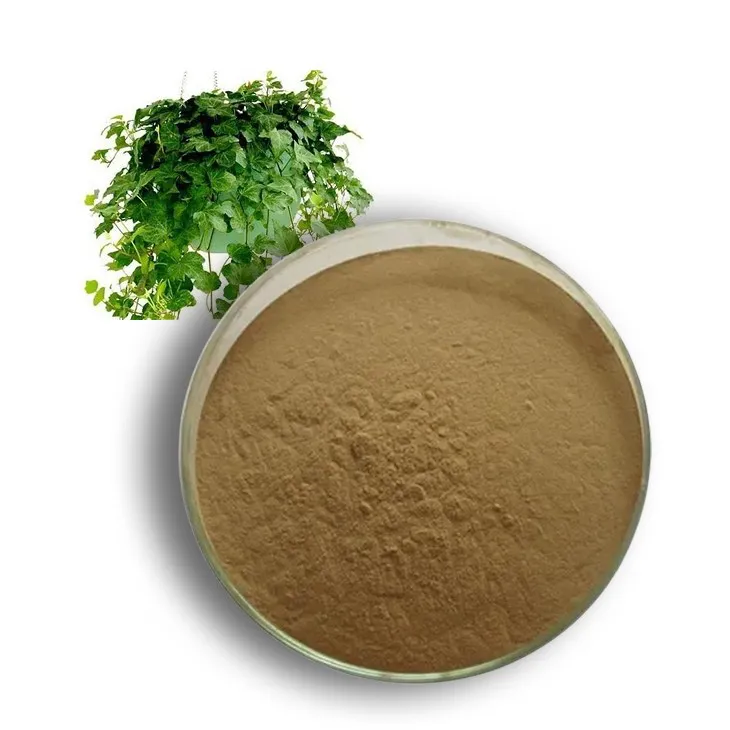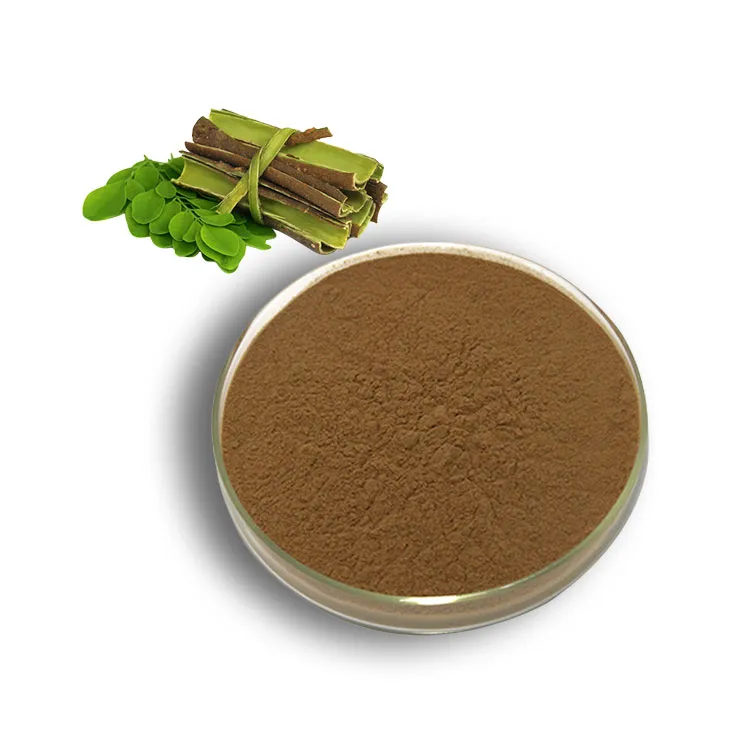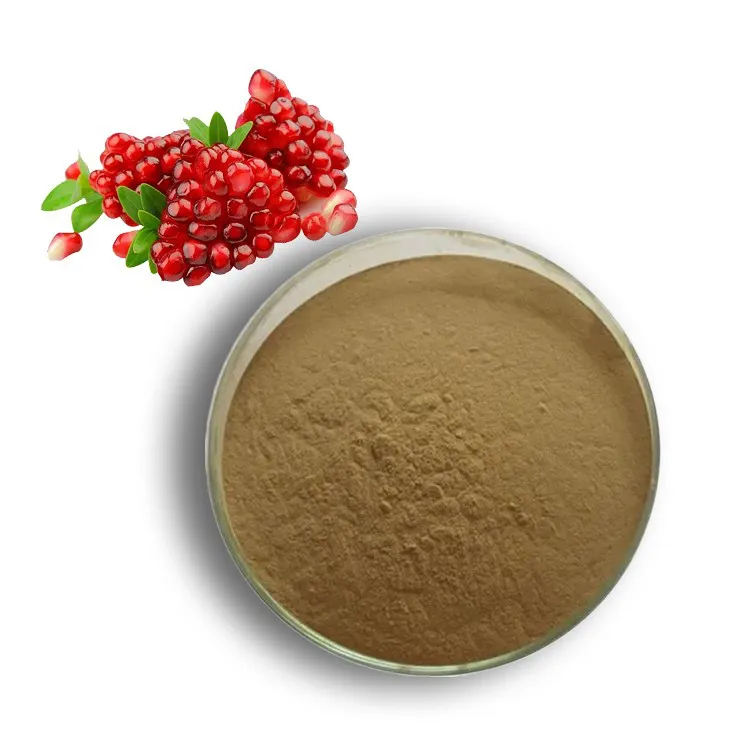- 0086-571-85302990
- sales@greenskybio.com
Marigold: A Comprehensive Guide to its Uses and Benefits
2025-06-26
Marigolds are a widely recognized and cherished flowering plant genus known scientifically as "Tagetes." These vibrant blooms are celebrated for their bold colors, easy cultivation, and various practical uses that extend beyond ornamental gardening. Originating from the Americas, marigolds have been embraced by cultures worldwide, becoming a staple in gardens, culinary arts, medicine, and rituals.
Botanical Overview
Marigolds belong to the Asteraceae family and encompass about 50 species, with the most common being Tagetes erecta (African marigold), Tagetes patula (French marigold), and Tagetes tenuifolia (signet marigold). These hardy annuals boast a remarkable range of colors, from vivid oranges and yellows to whites and deep reds, making them a popular choice for both professional landscapes and residential gardens.
One of the defining characteristics of marigolds is their robust nature, tolerating various soil types and displaying a strong resistance to pests and diseases. This adaptability makes them ideal for gardeners across different regions, contributing to their widespread use.
Horticultural Uses
Marigolds are celebrated for their vibrant and striking appearance, making them a favorite choice for decorative purposes. They are often used to create dazzling floral borders, bedding plants, and container arrangements. Their long-lasting blooms not only add a splash of color but also attract beneficial insects such as bees and butterflies, enhancing the biodiversity of gardens.
Beyond aesthetics, marigolds play a crucial role in companion planting. They are known to exhibit natural pest-repellent properties, deterring nematodes, aphids, and other garden pests. Planting marigolds alongside vegetables and other crops can significantly reduce the need for chemical pesticides, promoting an organic agricultural approach.
Culinary Applications
Though often associated with ornamental gardens, marigolds are equally appreciated in the culinary world. The petals of certain marigold species, especially Tagetes tenuifolia, are edible and can be used as a garnish to add a splash of color and subtle citrus flavor to salads, soups, and desserts. Known as "poor man's saffron," marigold petals can be dried and used as a saffron substitute in cooking, offering an affordable alternative without compromising taste.
In addition, marigold flowers are essential in tea-making practices. The infusion of marigold petals results in a delicately flavored tea that is both refreshing and soothing. This practice is prevalent in regions where marigolds hold cultural significance, such as in Mexico with their popular marigold tea.
Medicinal Benefits
The medicinal virtues of marigolds have been recognized for centuries, deeply entrenched in traditional and folk medicine. The plant’s flowers contain various compounds such as flavonoids, triterpenoids, and essential oils, which contribute to its therapeutic properties. Marigolds have been traditionally used for their anti-inflammatory, antiseptic, and antimicrobial effects.
One of the most common applications of marigold in medicine is for topical treatments. Marigold Extract or ointments derived from their flowers are used to soothe irritated skin, treat minor wounds, and alleviate symptoms of dermatitis. The anti-inflammatory properties of marigold make it a popular ingredient in creams aimed at reducing swelling and promoting healing.
Furthermore, marigold infusions and tinctures are often taken internally to assist with digestive issues. They are believed to aid in treating ulcers, indigestion, and menstrual cramps. The bioactive compounds in marigolds are also being researched for their potential anti-cancer and antioxidant effects, with preliminary studies showing promising results.
Cultural and Ritualistic Significance
Marigolds hold profound symbolic meaning in various cultures and traditions worldwide. In Mexico, marigolds, known locally as "cempasúchil," are an integral part of the Day of the Dead celebrations. The bright orange flowers are believed to guide the spirits of the deceased back to the living, serving as offerings on altars. Their vibrant colors and distinct fragrance create a welcoming path for those who have passed.
In India, marigold flowers are used extensively in religious ceremonies, weddings, and festivals. They are crafted into garlands and decorations, symbolizing auspiciousness and the welcoming of prosperity. The marigold's ability to bloom under harsh conditions is often associated with resilience and strength, values that are held in high regard.
Environmental Impact
The environmental benefits of marigolds extend beyond their pest-repellent properties. As they attract pollinators like bees and butterflies, marigolds contribute to the pollination process essential for many plants to survive and reproduce. This helps maintain healthy ecosystems, supports crop production, and promotes biodiversity.
Additionally, marigolds are often used in phytoremediation practices due to their ability to extract metal contaminants from the soil. Their root systems can absorb pollutants, aiding in the cleansing of contaminated land and restoration of soil health.
Conclusion
Marigolds, characterized by their vivid colors and rich history, are much more than ornamental flowers. With applications that span gardening, cooking, medicine, and cultural traditions, these versatile plants offer numerous benefits to humans and the environment alike. Whether you're a gardener seeking natural pest control, a chef looking for unique flavors, or someone interested in holistic health remedies, the marigold provides a wealth of possibilities. As research continues to uncover more about their potential, marigolds remain a testament to the power and versatility of nature.
- ▶ Hesperidin
- ▶ Citrus Bioflavonoids
- ▶ Plant Extract
- ▶ lycopene
- ▶ Diosmin
- ▶ Grape seed extract
- ▶ Sea buckthorn Juice Powder
- ▶ Fruit Juice Powder
- ▶ Hops Extract
- ▶ Artichoke Extract
- ▶ Mushroom extract
- ▶ Astaxanthin
- ▶ Green Tea Extract
- ▶ Curcumin
- ▶ Horse Chestnut Extract
- ▶ Other Product
- ▶ Boswellia Serrata Extract
- ▶ Resveratrol
- ▶ Marigold Extract
- ▶ Grape Leaf Extract
- ▶ New Product
- ▶ Aminolevulinic acid
- ▶ Cranberry Extract
- ▶ Red Yeast Rice
- ▶ Red Wine Extract
-
Citrus bioflavonoids
2025-06-26
-
Bilberry Extract
2025-06-26
-
Dandelion Leaf Extract
2025-06-26
-
Acai Berry Extract
2025-06-26
-
Pueraria Lobata Extract
2025-06-26
-
Senna Leaf Extract
2025-06-26
-
Ivy Extract
2025-06-26
-
White Willow Bark Extract
2025-06-26
-
Thunder God Vine Extract
2025-06-26
-
Pomegranate Extract
2025-06-26











